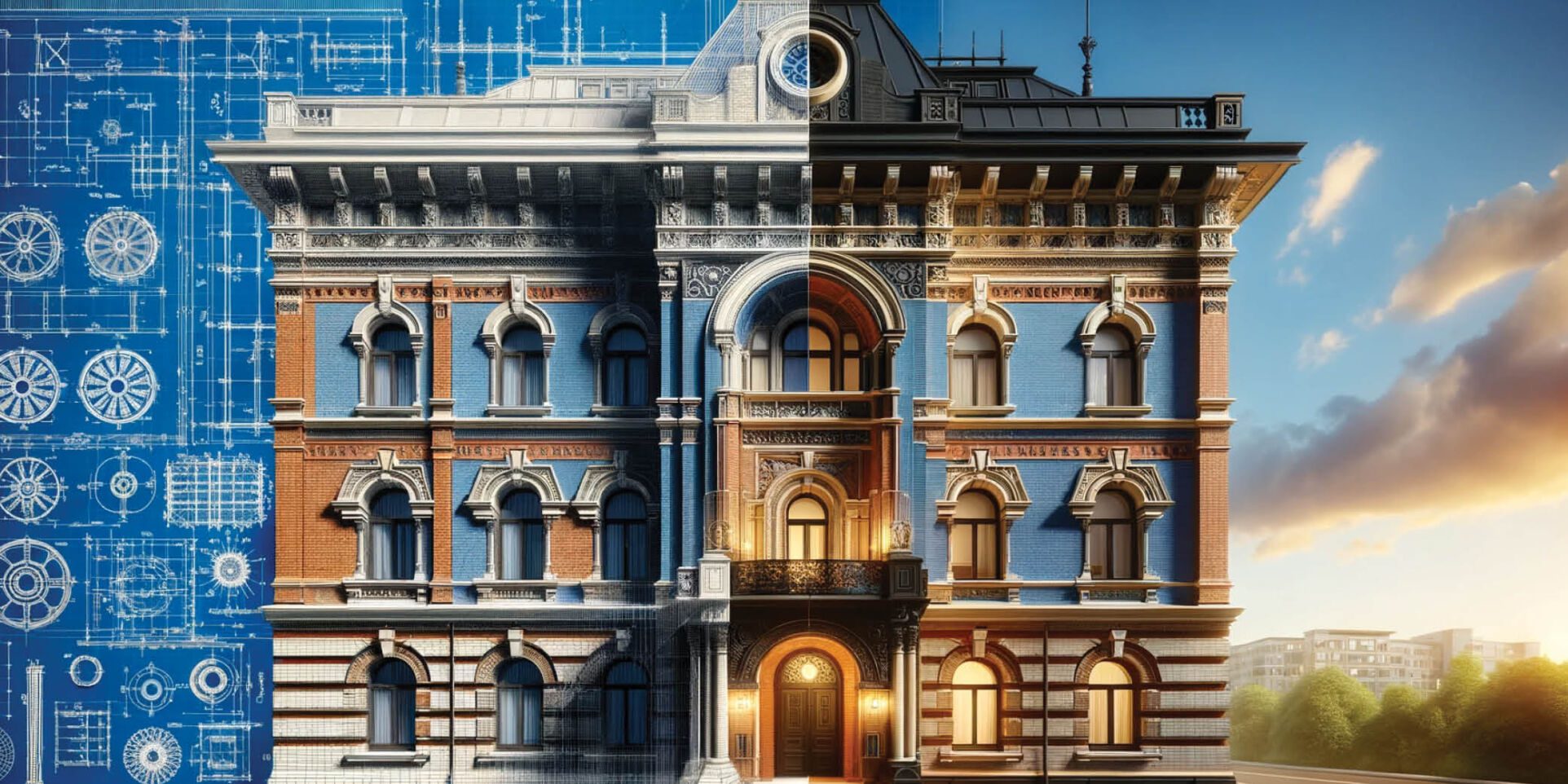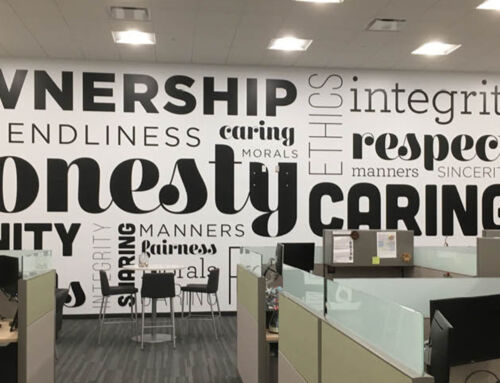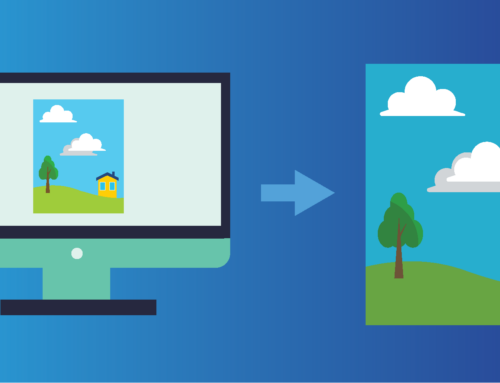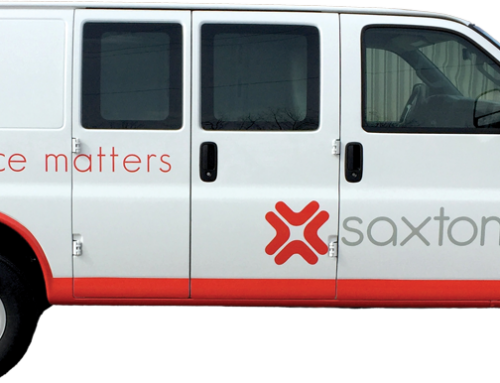Wide-format printing has become a vital part of various industries, enabling large-scale and high-quality print projects. From massive billboards to detailed architectural plans, it offers endless possibilities. But this technology has come a long way. It all started with the simple yet essential process of blueprinting. In this blog, we’ll explore the evolution of wide-format printing, from its early days of blueprinting to the advanced color plotters and the versatile machines we use today.
Blueprinting: The Foundation of Modern Printing
Blueprinting, the forerunner of modern printing techniques, was a simple yet ingenious process. Originating in the 19th century, it was widely used for reproducing architectural plans and engineering designs. The method involved using light-sensitive sheets that turned blue, leaving white lines for the original design. This technique was not only cost-effective but also reliable for producing accurate and durable copies.
Blueprints became a staple in technical fields, laying the groundwork for the evolution of printing. Their ease of use and clarity made them indispensable in construction, engineering, and design. However, as technology progressed, the demand for more versatile and colorful printing solutions grew, paving the way for the next significant advancement: color plotters.
Expanding the Palette: The Rise of Color Plotters
As the world of printing evolved, the limitations of monochrome blueprinting became apparent. Enter color plotters, a groundbreaking leap in printing technology. Initially introduced in the late 20th century, these devices marked a significant shift from black-and-white to vibrant color prints.
Color plotters used pens of different colors to draw on paper, offering a broader range of hues and significantly enhancing the quality and aesthetics of prints. This transition was a game-changer for industries like advertising, graphic design, and cartography. The ability to print in color opened new horizons for creativity and communication, making prints more engaging and informative.
Despite their advantages, early color plotters had their share of challenges. They were slower and more expensive than their monochrome counterparts, and the color range was initially limited. However, ongoing advancements in technology continually expanded their capabilities, setting the stage for the next evolution in printing: wider format machines capable of handling a variety of substrates.
Embracing Scale: The Shift to Wider Format Printing
The printing industry’s next major milestone was the development of wider format machines. Driven by the need to produce larger prints for advertisements, banners, and signage, these machines represented a significant leap in printing capabilities.
Wider format printers brought several key advancements:
- Size: They could handle much larger media sizes, enabling the production of grand-scale prints without compromising on detail or quality.
- Technology: Incorporating advancements like inkjet technology, these printers offered faster printing speeds, higher resolution, and better color accuracy.
- Versatility: Beyond traditional paper, they could print on a variety of substrates including vinyl, fabric, and canvas, broadening the scope of printing applications.
This evolution was a response to the market’s growing demand for more impactful and versatile print solutions. Wider format machines became indispensable in marketing, retail, and even artistic installations, where large, eye-catching prints were essential. Their ability to print on diverse materials also opened doors to innovative uses in interior design, custom apparel, and more.
Beyond Paper: A World of Substrates
The evolution of wide-format printing isn’t just about size; it’s also about the diverse range of materials that can be printed on. This versatility has revolutionized the industry and expanded its reach into new markets.
Key advancements in substrate versatility include:
- Vinyl and PVC: Ideal for outdoor signage and banners due to their durability and weather resistance.
- Canvas: Used for high-quality art reproductions and photo prints, providing an artistic touch.
- Fabrics: Enabling the creation of custom apparel, flags, and soft signage, offering a unique texture and appeal.
- Specialty Materials: Including wood, metal, and acrylic, opening up creative possibilities for interior design and unique promotional items.
This ability to print on various substrates has allowed businesses and creatives to push the boundaries of traditional printing. It has led to more personalized and customized print projects, catering to the specific needs and preferences of customers.
The Green Revolution in Printing: Eco-Friendly and Advanced
Modern wide-format printers are not just about impressive size and versatility; they also represent a significant shift towards sustainability. This eco-friendly approach is a crucial aspect of contemporary printing technology.
Key eco-friendly advancements include:
- Reduced Waste: Digital printing has drastically reduced waste during setup compared to traditional offset printing. This efficiency translates to less material wastage and a smaller environmental footprint.
- Eco-Friendly Inks: The shift from solvent-based inks to water-based and UV inks has been a game-changer. These inks are less harmful to the environment and safer for operators, without compromising on quality and durability.
- Energy Efficiency: Modern printers are designed to consume less energy, further contributing to their eco-friendly status.
These sustainable practices reflect the printing industry’s commitment to environmental responsibility while delivering high-quality results. As technology continues to advance, we can expect even more eco-friendly innovations, shaping the future of wide-format printing.
The journey of wide-format printing from blueprinting to today’s advanced, eco-friendly machines is a testament to the relentless pursuit of innovation in the printing industry. This evolution has not only expanded the capabilities of what we can print but also how we think about printing in terms of environmental impact. For our customers, this means access to high-quality, versatile, and sustainable printing solutions that meet a wide range of needs. As we look to the future, the possibilities are as vast as the prints we create, driven by a commitment to innovation and sustainability in the world of wide-format printing.




